A Recommended One-day Trip Model Course in Enoshima and Kamakura for Beginners
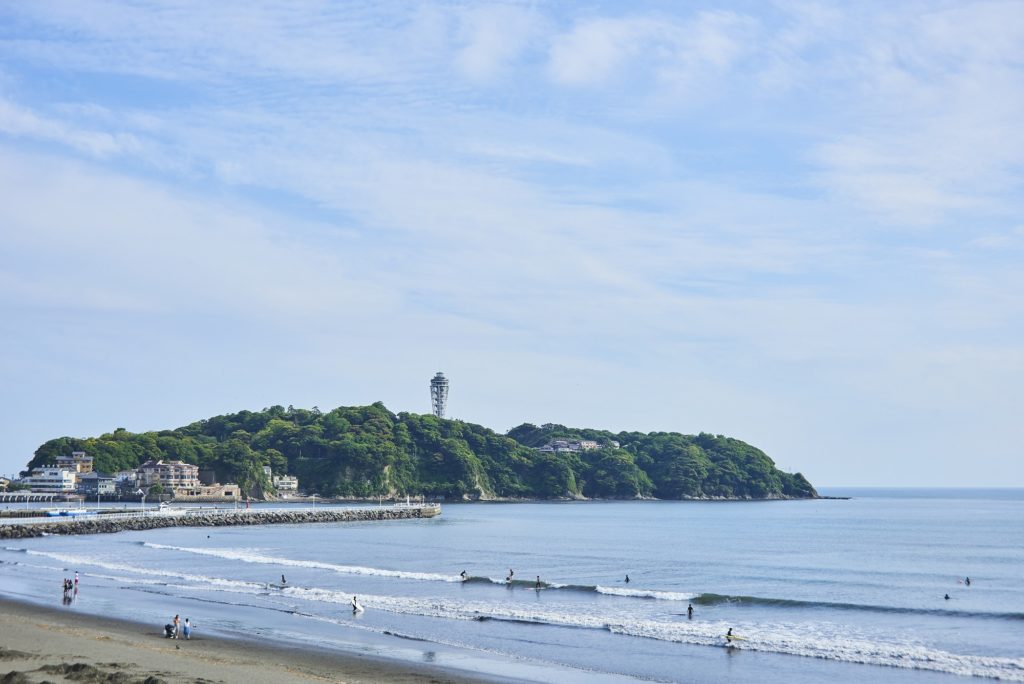
Have you ever visited Enoshima or Kamakura?
In addition to gourmet food and spectacular views, there are also places where you can experience Japanese culture and history, making it a tourist destination you can enjoy in a variety of ways. It’s very popular not only in Japan but also among tourists from abroad.
This time, we’d like to introduce a model course we recommend for those visiting Enoshima and Kamakura for the first time! Also, if you go around this course with the Enoshima-Kamakura Freepass, you can conveniently get on and off the train, and there are also monetary benefits, such as saving 390 yen compared to sightseeing with a regular ticket.
Shinjuku Station
Depart from Shinjuku Station
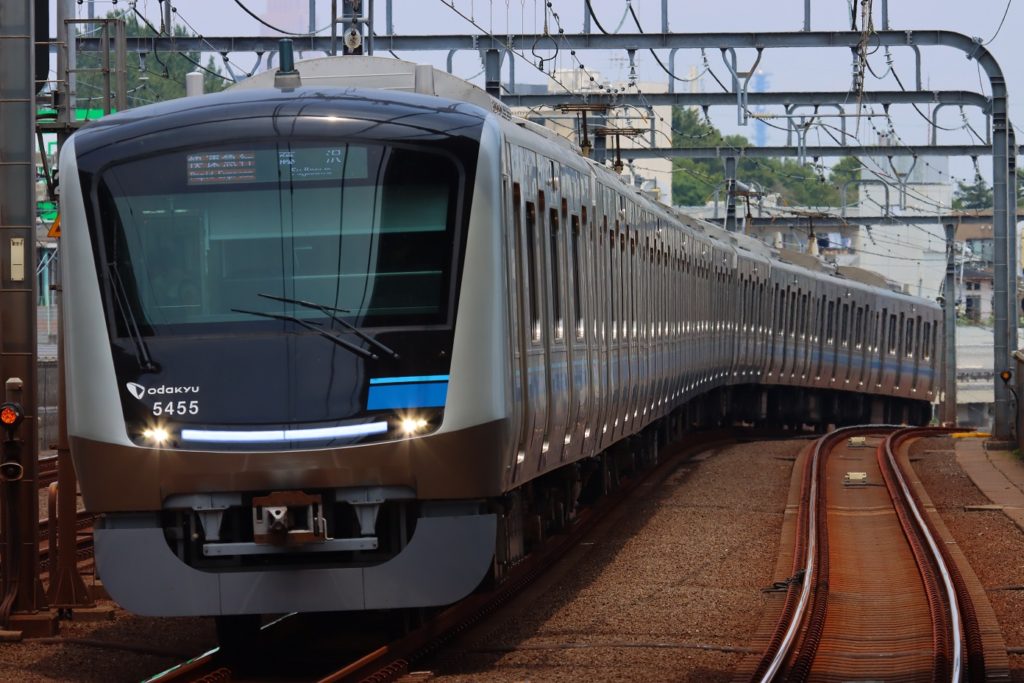
From Shinjuku Station, head to Kamakura using the Odakyu Electric Railway and Enoden train. Using the Express train of Odakyu Line bound for Fujisawa, you’ll arrive at Fujisawa Station without having to change trains. (For trains bound for Odawara, you will need to transfer at Sagami-Ono Station)
Fujisawa Station
From Fujisawa Station, Take the Enoden Train to Kamakura Station
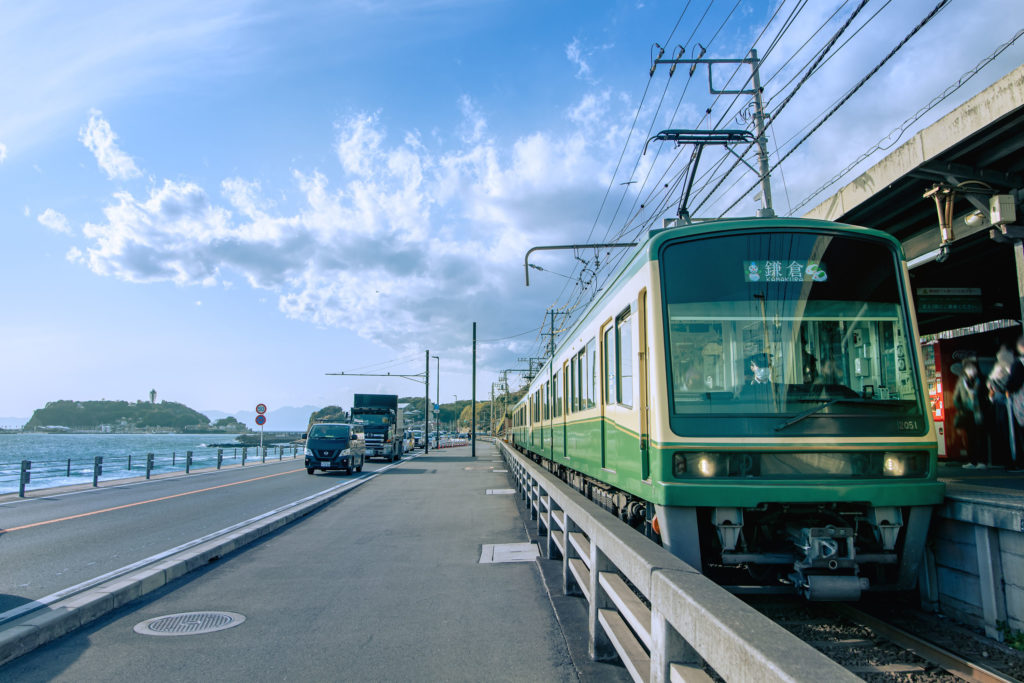
Enoden is a slightly retro train that travels ten km from Fujisawa Station to Kamakura in about 40 minutes. Enjoy the sea views of the Shonan area along with the sight of private homes from the train window as you pass by.
Kamakura
The Guardian of the Genji Clan/Tsurugaoka Hachimangu Shrine
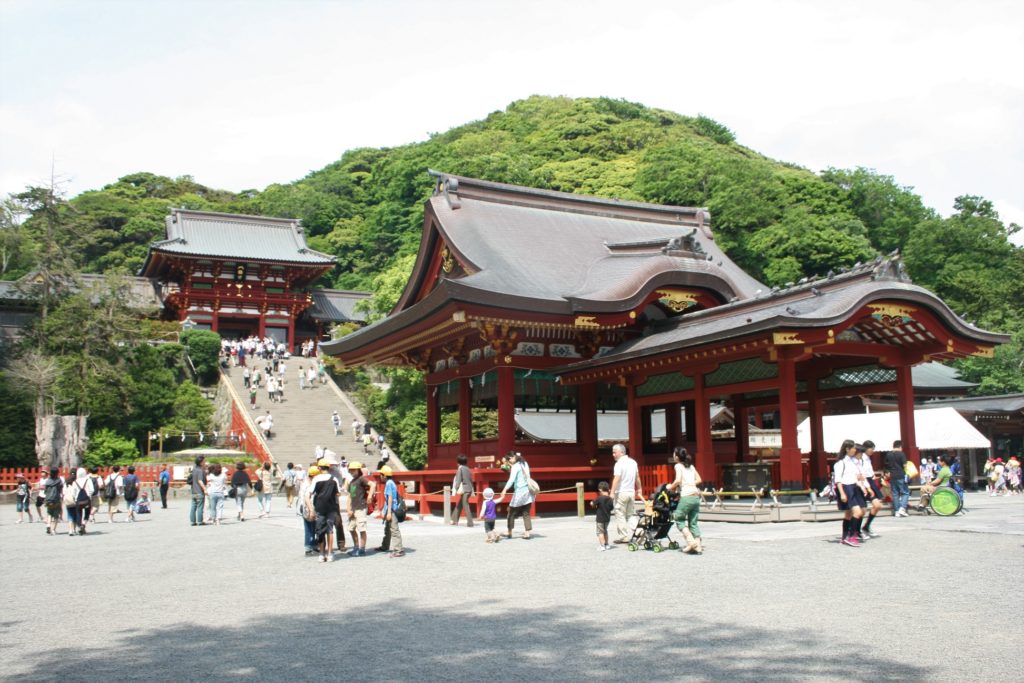
When you arrive at Kamakura Station, first, head to Tsurugaoka Hachimangu Shrine. During the Kamakura period, this shrine served as the spiritual center of the people as the "guardian deity of Kamakura" and the "guardian deity of the samurai."
Pass through the large "San-no Torii Gate" and pray at the main shrine known as Jogu. There are many sights to see in the precincts, such as the shrine building, designated as a National Important Cultural Property, Genpei Pond, and the arched bridge, so we recommend taking a stroll.
Kamakura
Japanese Cuisine Served in a Kamakura-bori Lacquerware that Gives Off a Sense of History and Culture/Cafe Guri
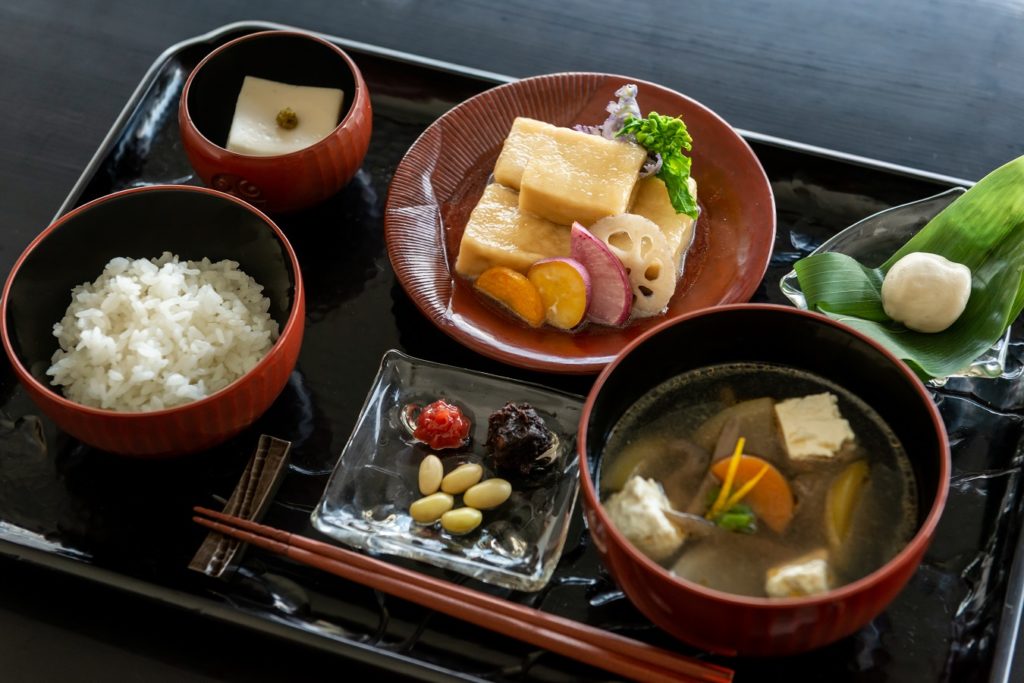
After visiting the shrine, eat your fill with lunch at "Cafe Guri". You can enjoy carefully prepared traditional Japanese cuisine along with Kamakura-bori Lacquerware that gives you a sense of history and culture. They also offer Japanese Buddhist cuisine using vegetables from Kamakura, so you can fully enjoy the true taste of the food. Japanese Buddhist cuisine is closely tied to Buddhism, and as it does not use meat or fish, it is also recommended for people who want to enjoy healthy food, regardless of their religion.
Kamakura
Stroll Along Komachi-dori Street!
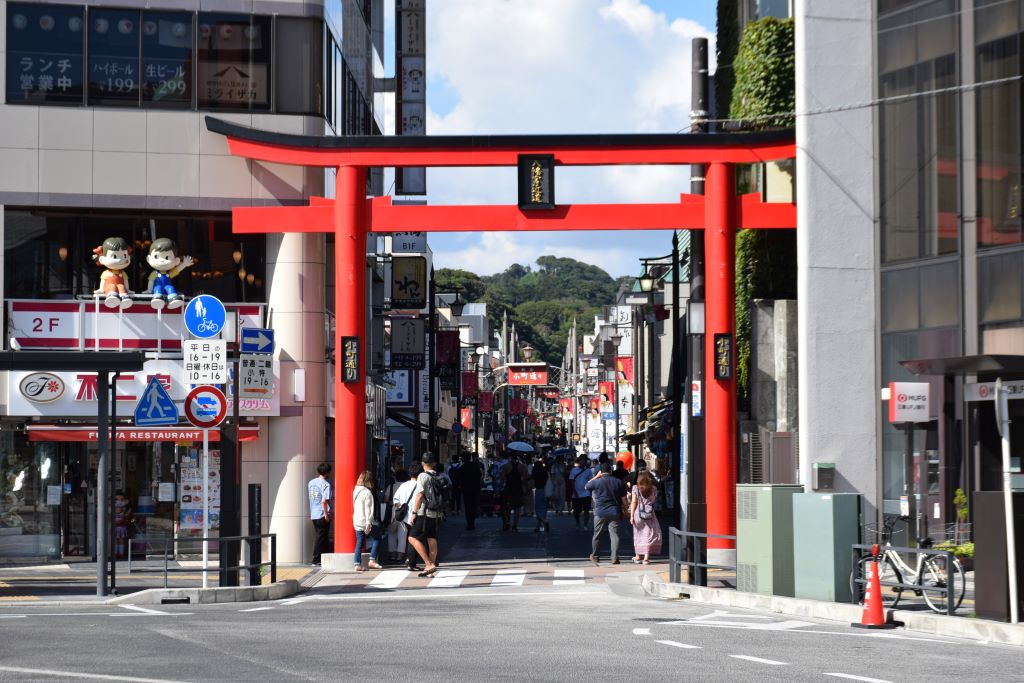
Photo:Kamakura City Tourist Association
After lunch, take a stroll along Komachi-dori Street. It is lined with over 200 shops, including Kamakura-style souvenir shops and cafes, and it's crowded with many tourists.
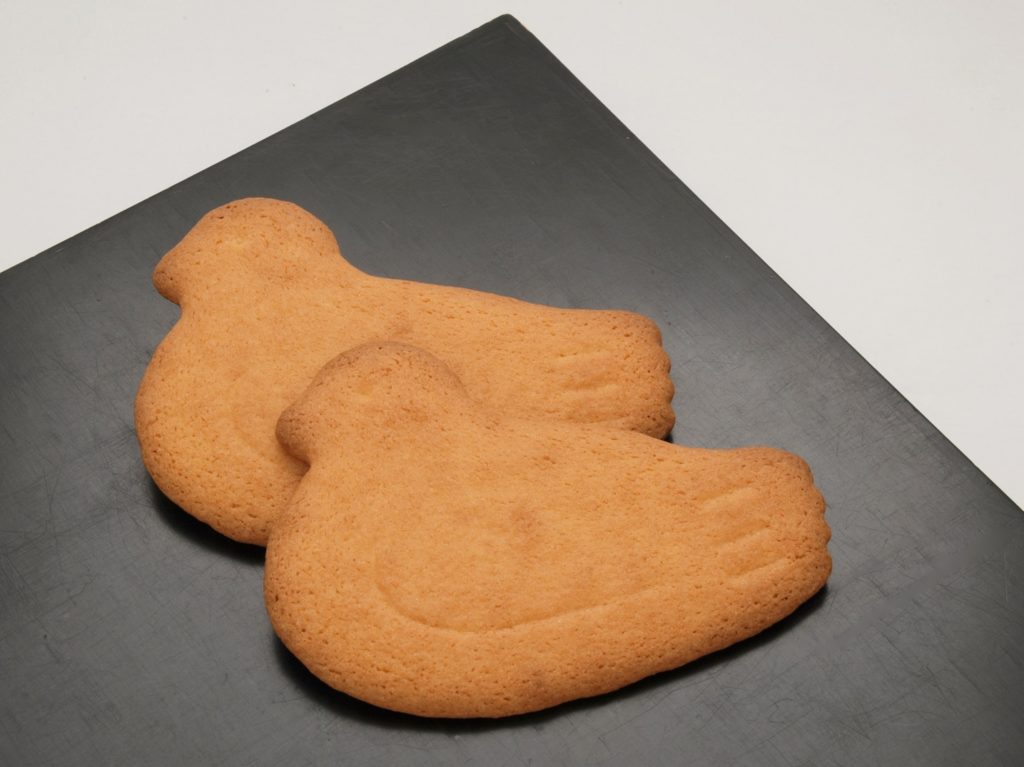
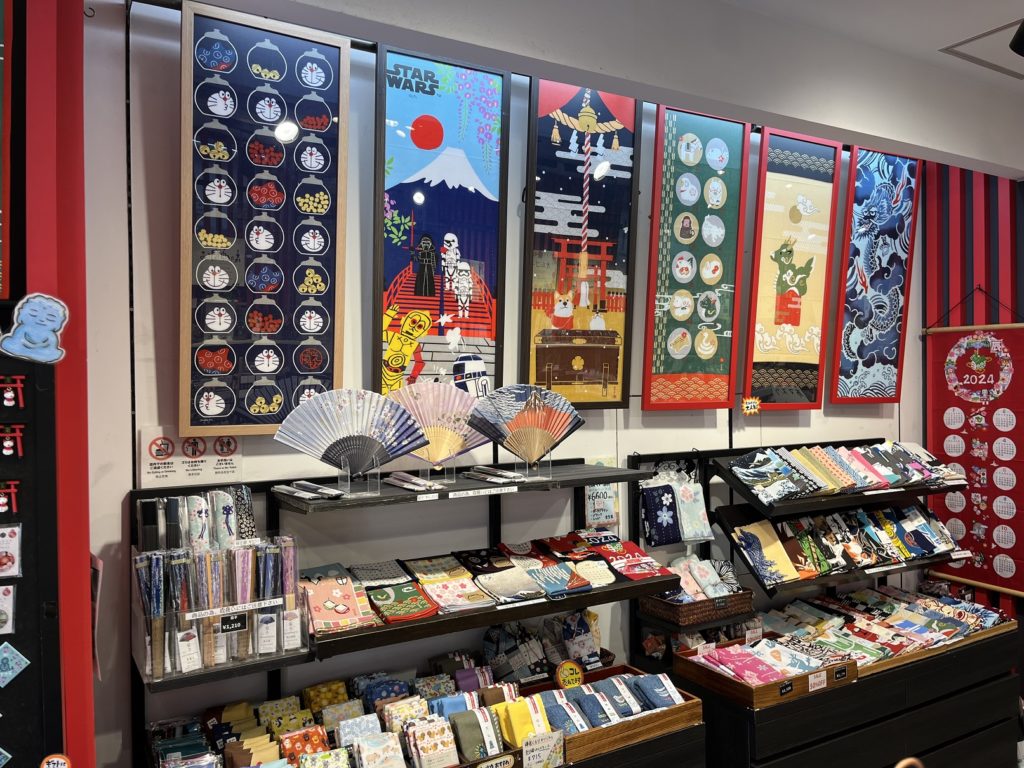
There are many shops perfect for choosing souvenirs, such as "Kamakura Toshimaya," famous for its cute dove-shaped Hato Sablé, and "Kamakura Kururi" a store specializing in tenugui and furoshiki, which you can enjoy simply by looking at it.
There are also plenty of cafes and sweets shops with food that look great in photos.
Hase Area
Off to Kotoku-in Temple, Famous for the Kamakura Great Buddha
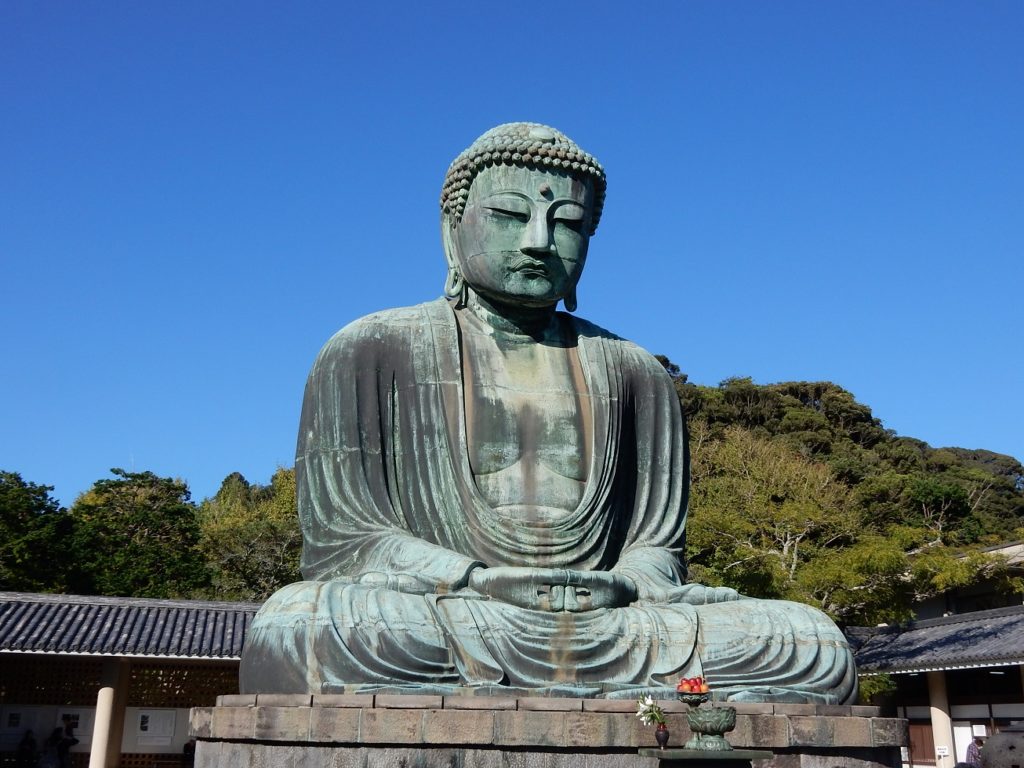
Photo:Kamakura City Tourist Association
From Kamakura Station, head towards Hase Station again via the Enoden. There are three stations on the way from Kamakura to Hase Station, and the ride takes about four minutes. If you have an Enoshima-Kamakura Freepass, it's pretty convenient because you can ride the Enoden as much as you want.
From the exit, go straight along the road heading in the opposite direction of the railroad crossing and you will arrive at "Kotoku-in Temple," which is known for the large "Kamakura Great Buddha" enshrined there.
The Great Buddha has an impressive height of approximately 13.35 meters, including the pedestal, but for those who want to see more than just the outside, you can actually go in and observe the Great Buddha from the inside out. If you look up at the inner wall, you will be reminded once again how advanced the technology was used to cast this piece. At that time, the Kamakura Great Buddha was housed in a hall for the Great Buddha, but it collapsed due to a tsunami caused by a typhoon and earthquake, so it instead became an outdoor seating area. Also, when it was first completed, everything was decorated with gold leaf, but now only a small amount remains.
The Kamakura Great Buddha has also been designated as a national treasure.
Hase Area
Hasedera Temple, Fondly Known as the “Temple of Flowers”
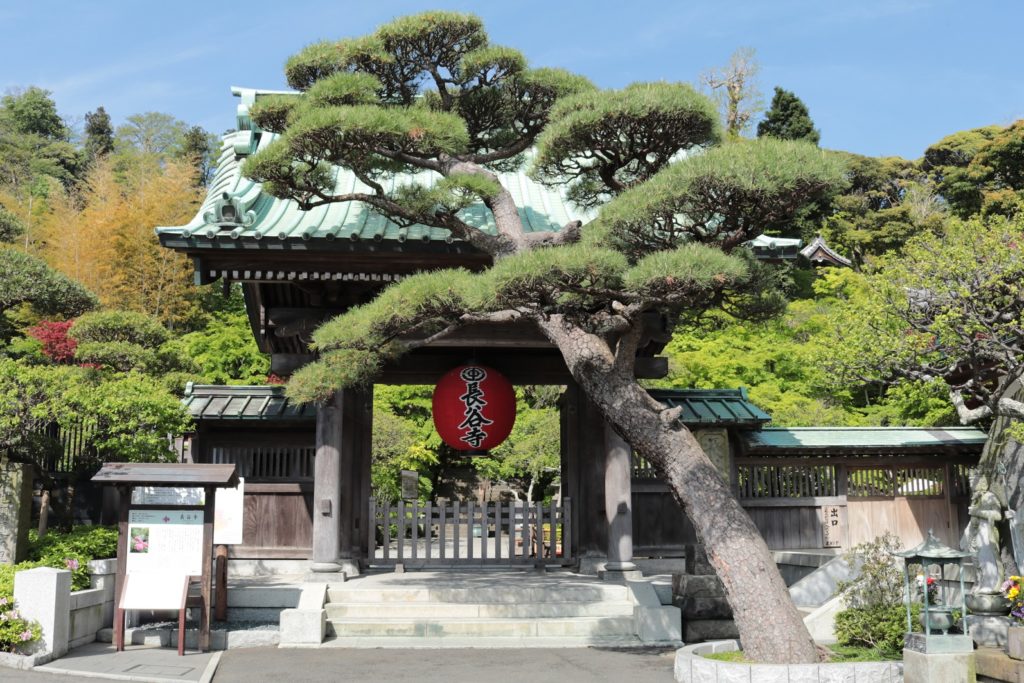
After seeing the Kamakura Great Buddha, from here, walk to Hasedera Temple.
Hasedera Temple has an approximately 9 meter-high, eleven-faced Kannon Bodhisattva statue (Hase Kannon), known as Japan's largest wooden carved Buddha, enshrined here, and is popularly known as "Hase Kannon.''
It is also famous as a spot where you can enjoy flowers throughout the year, and during the rainy season in June, you can take in the fantastic scenery created by 2,500 hydrangeas of 40 different types, and even during the cold winter months from December to February, you can see eight types of plum blossoms that bloom in white and pink.
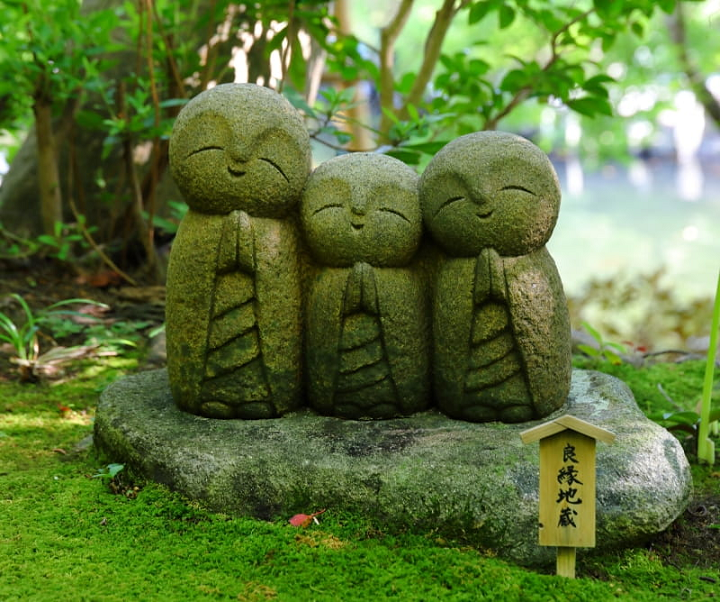
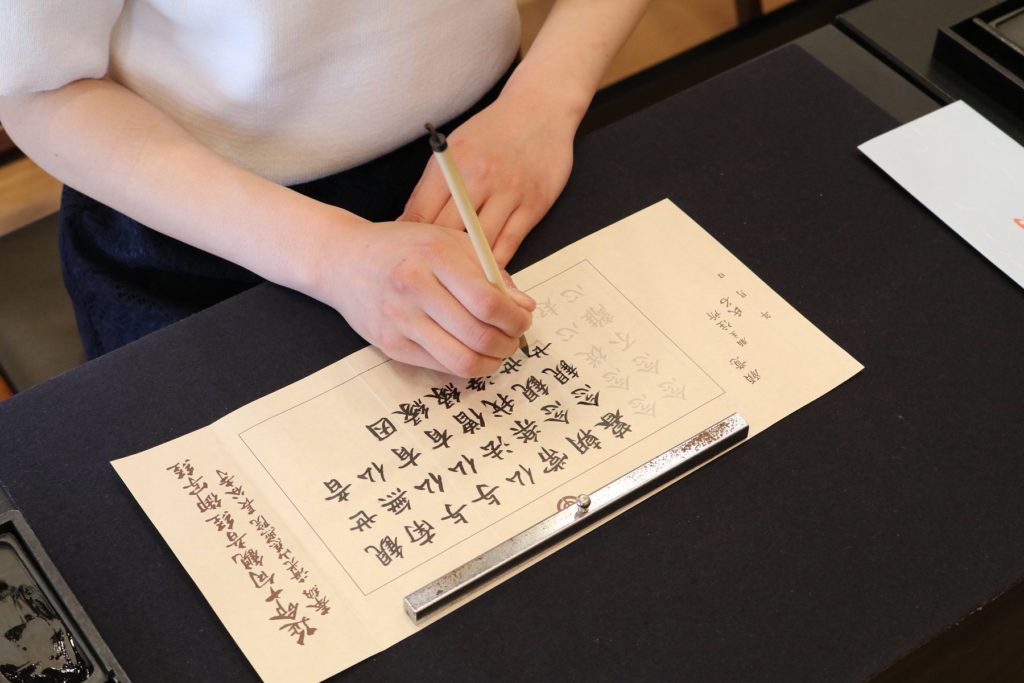
In the precincts, there are Jizo statues in three different locations, and it is said that if you find all of them, you will be blessed with a good match. In addition to this, you can freely experience Buddhist sutras and copying them every day, so we hope you try your hand at this bit of Japanese culture.
When you present your Enoshima-Kamakura Freepass at the reception, you can receive a souvenir, too.
Enoshim Area
The Enoshima Area, Perfect for Eating While Walking or Looking for Souvenirs!
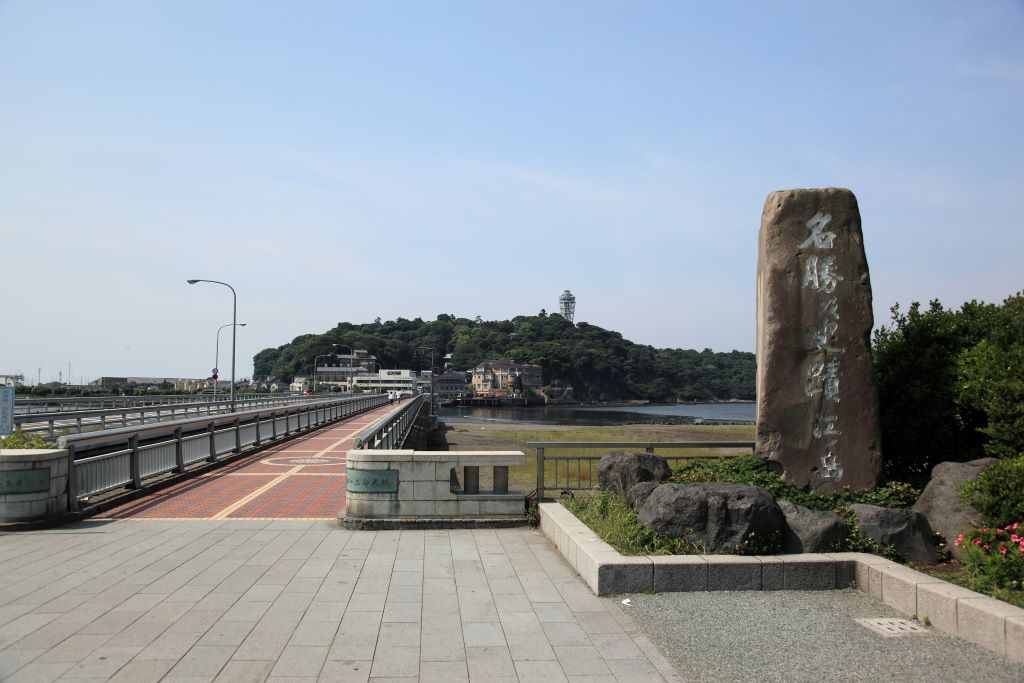
Photo:Fujisawa City Tourist Association
After enjoying sightseeing in Kamakura, board the Enoden train again from Hase Station and get off at Enoshima Station. It’s time to go sightseeing in Enoshima. Historical sites have remained as a part of the island’s history and religion since ancient times, and it is also a popular scenic spot in Shonan.
After crossing Enoshima Benten Bridge, you will arrive at Enoshima Benzaiten Nakamise-dori Street. This is a shopping street with a retro atmosphere, including restaurants, inns, and souvenir shops.
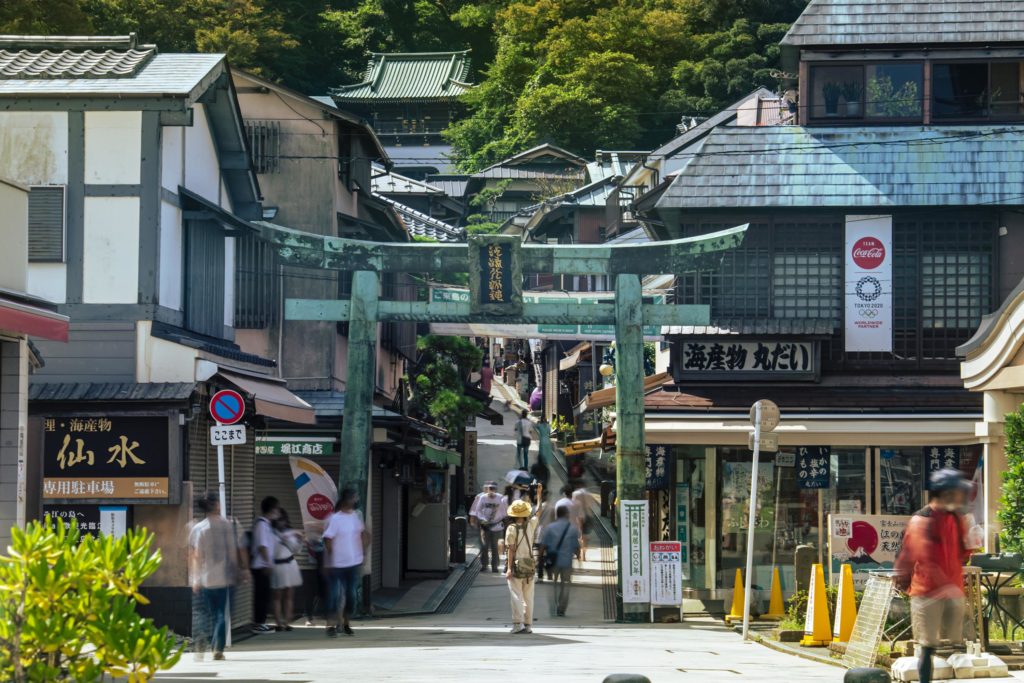
Easy Access to the Top of Enoshima!
After passing through Enoshima Benzaiten Nakamise-dori Street, you’ll find a red Torii gate leading to Eshima Shrine. There are many steep stairs from here, so we recommend using the Enoshima Escar (an escalator).
You can go up the 46 meter height difference in about four minutes using four escalators. Additionally, in the first section, you can see the "Enoshima "Luminous Way," which projects images that make you feel as if you are in the ocean.
The Enoshima Escar boarding area is on the left before the stairs.
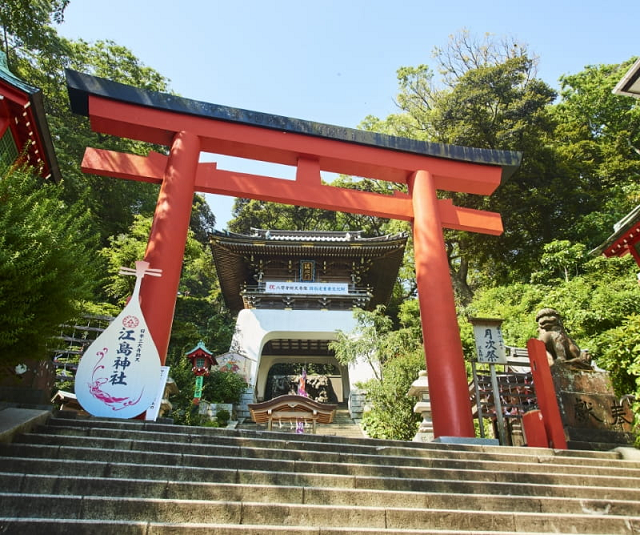
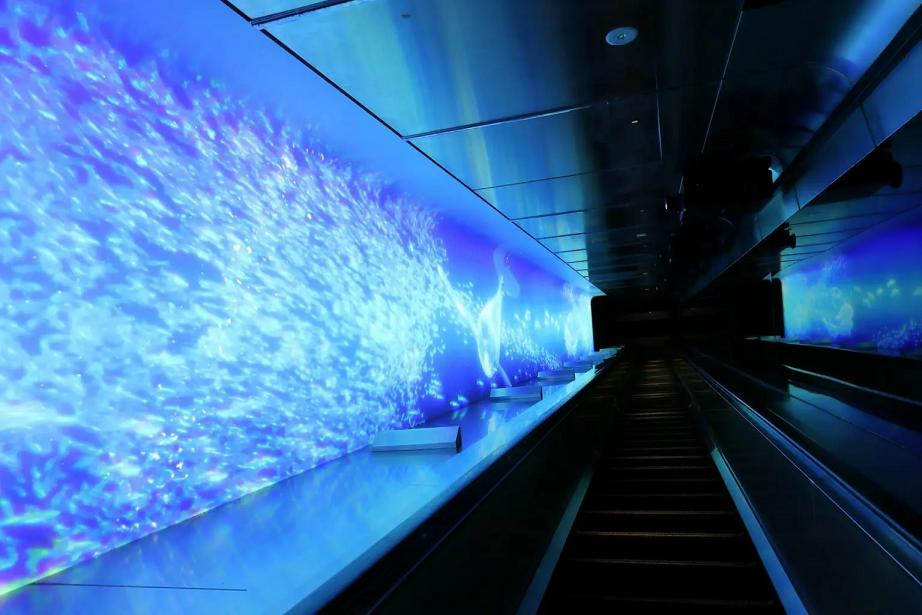
Enoshima Area
Visit the Enoshima Sea Candle (Observation Deck), Enoshima's Most Scenic Spot
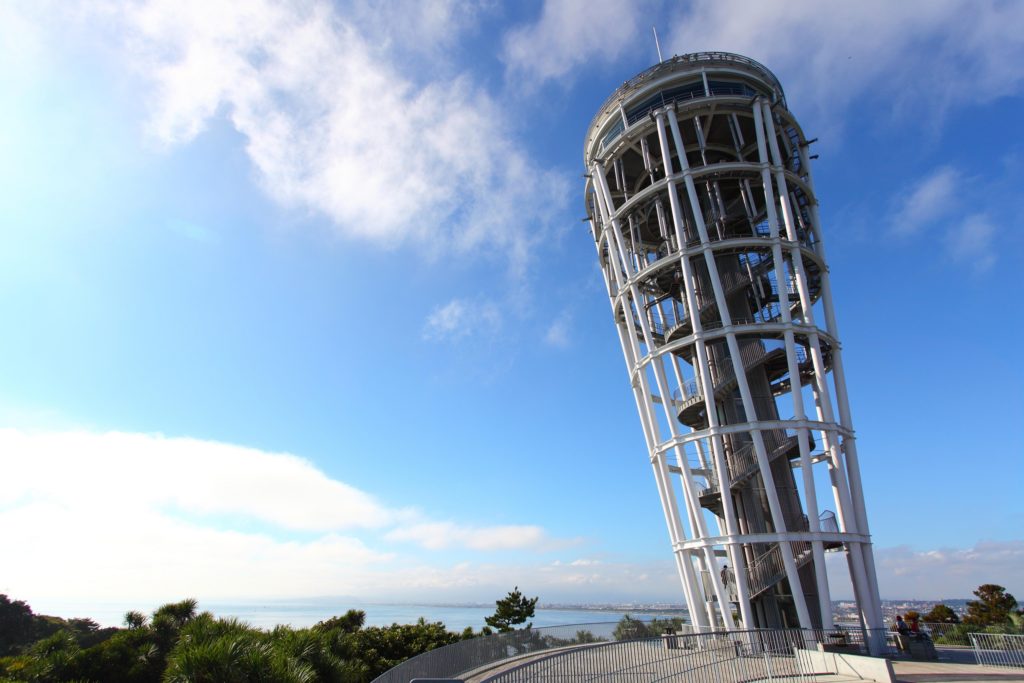
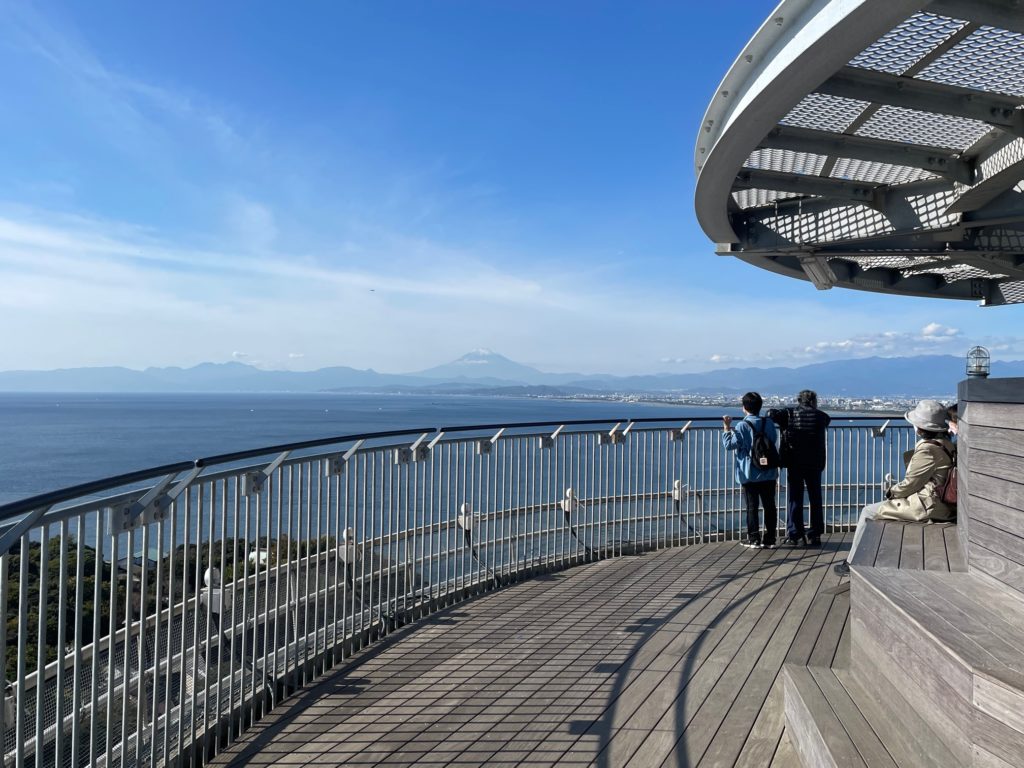
After praying at Enoshima Shrine, as you climb up the island, you will arrive at "Enoshima Sea Candle," an observation deck located inside Enoshima Samuel Cocking Garden. From the glass observation floor, rooftop observation deck, and THE SUNSET TERRACE on the second floor, you can enjoy beautiful scenery such as Mt. Fuji and the Tanzawa Mountains. At dusk, you enjoy a spectacular view of the sunset and Mt. Fuji.
Show your Enoshima-Kamakura Freepass, and you’ll receive a 10% discount.
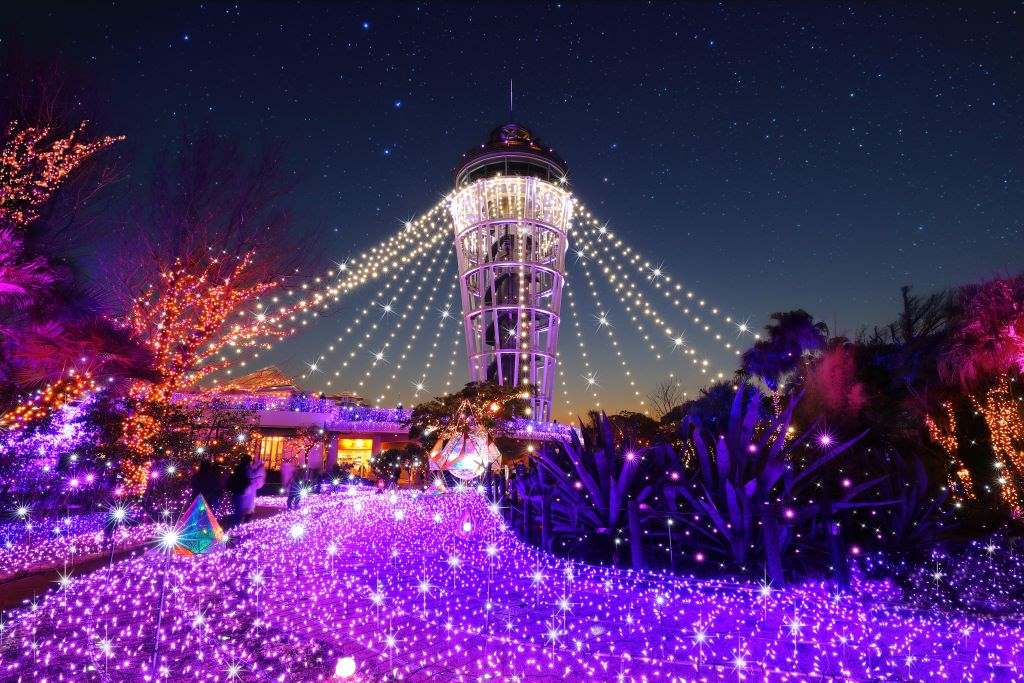
In addition, the “Jewels of Shonan,” an island-wide illumination event, is also held yearly from late November to the end of February, and you can enjoy the “Enoshima Sea Candle,” which has a different charm than during the day. We recommend the Enoshima Sea Candle Set Ticket + Night, which includes the Enoshima Escar, the Enoshima Samuel Cocking Garden, and the Enoshima Sea Candle (Tower). You’ll save 260 yen compared to purchasing each ticket separately. Tickets can be purchased at the Enoshima Escar First Section ticket office, but purchasing online in advance will help you travel more smoothly. Click here for online purchasing information.
Enoshima Area
Enjoy Italian Food by the Sea While Watching the Sunset: "iL CHIANTI BEACHE"
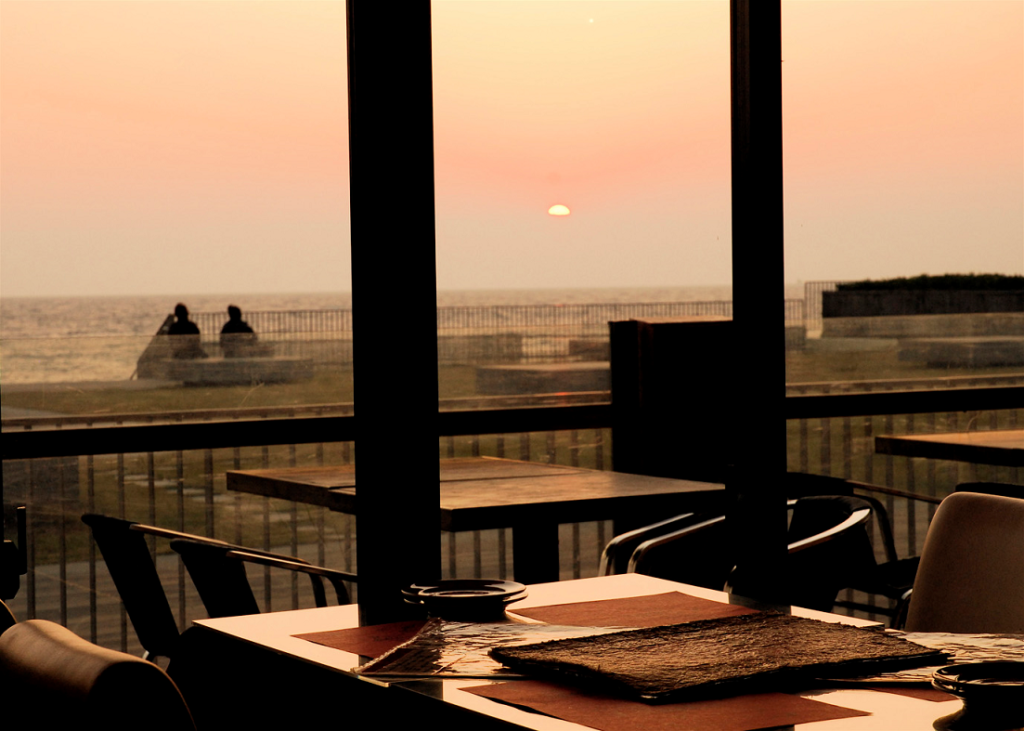
If you get hungry after walking around Enoshima, let's satisfy your hunger with Italian cuisine before catching the train home. From the side with the terrace, you can see a panoramic view of Enoshima and the Shonan sea.
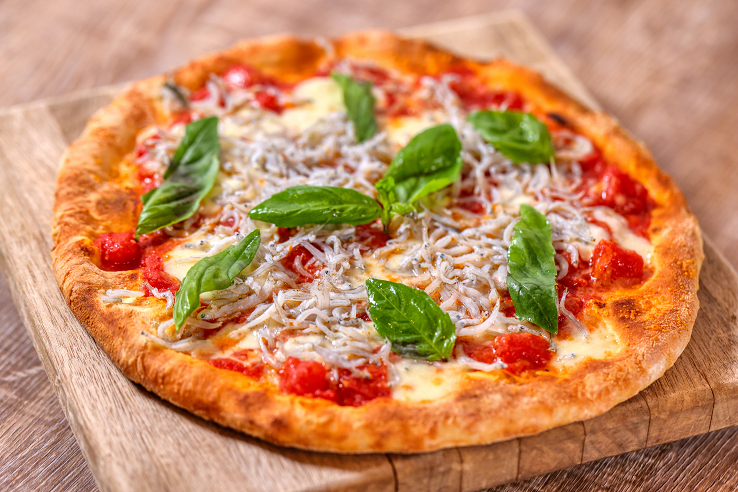
Here you’ll find dishes using local ingredients, and a specially chosen wine list with over 100 varieties! We recommend a piping hot pizza baked in an authentic pizza oven in the open kitchen.
It's a great deal for Enoshima-Kamakura Freepass users, as you get 5% off on food and drinks.
Katase-Enoshima Station
Head Back to Shinjuku on the Odakyu Line
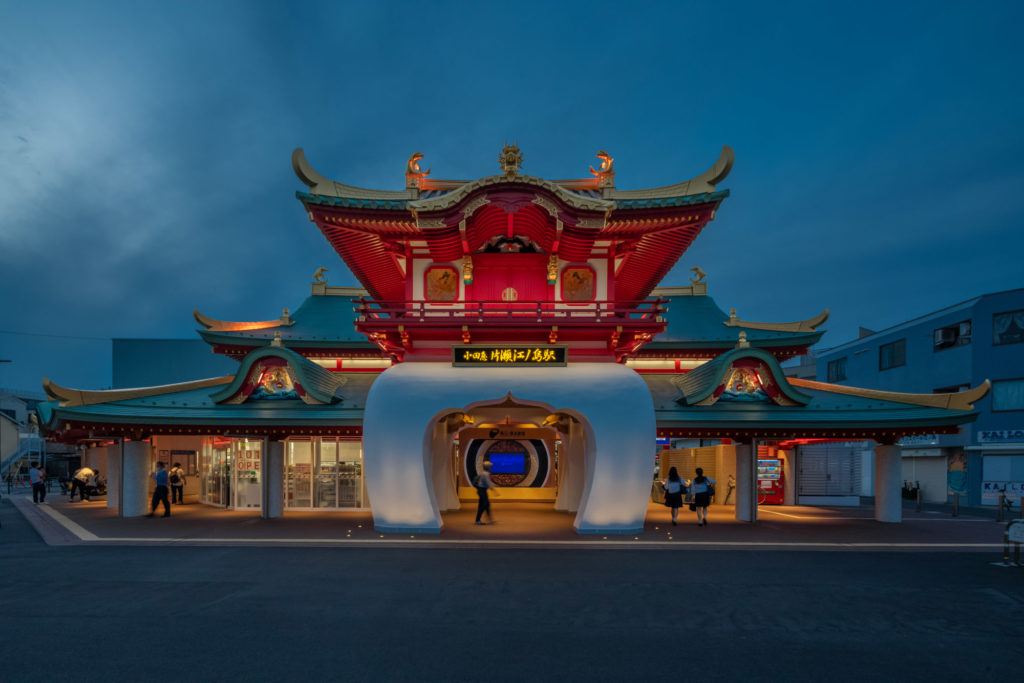
What a way to enjoy Kamakura and Enoshima to the fullest right from the start of the day.
A 1-minute-walk from Il Chianti Beache will take you to Katase-Enoshima Station on the Odakyu Enoshima Line.
If you use the Odakyu Romancecar, you will arrive at Shinjuku without having to change trains. A separate express fee is required, but even if you are tired from sightseeing all day, you can relax on the train.
We hope you enjoy your trip to the ancient capital of Kamakura and the Shonan sea, which are close to the center of Tokyo.


